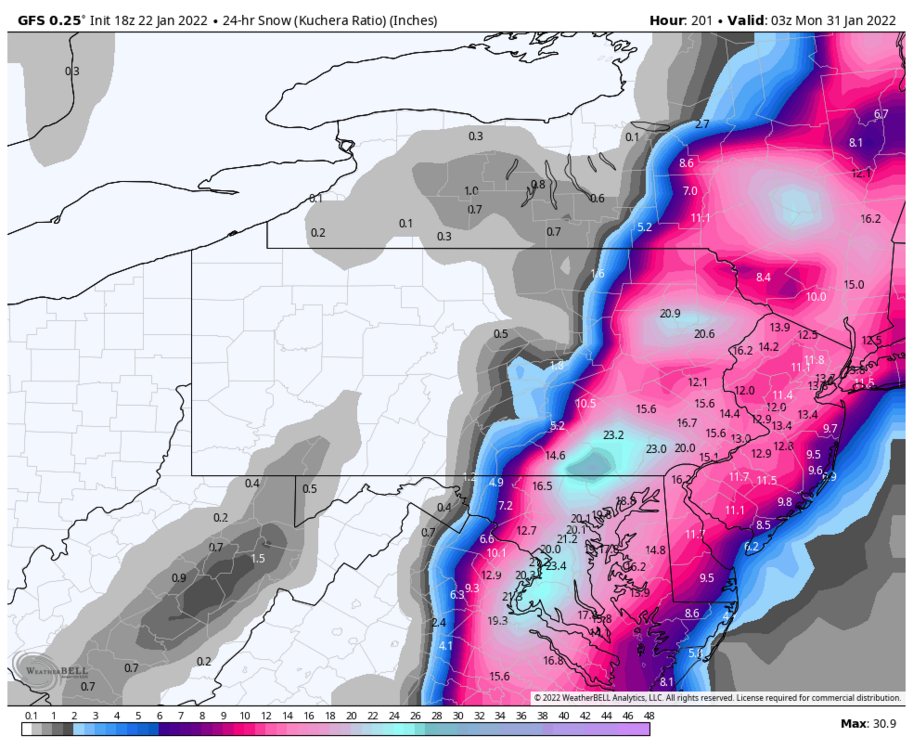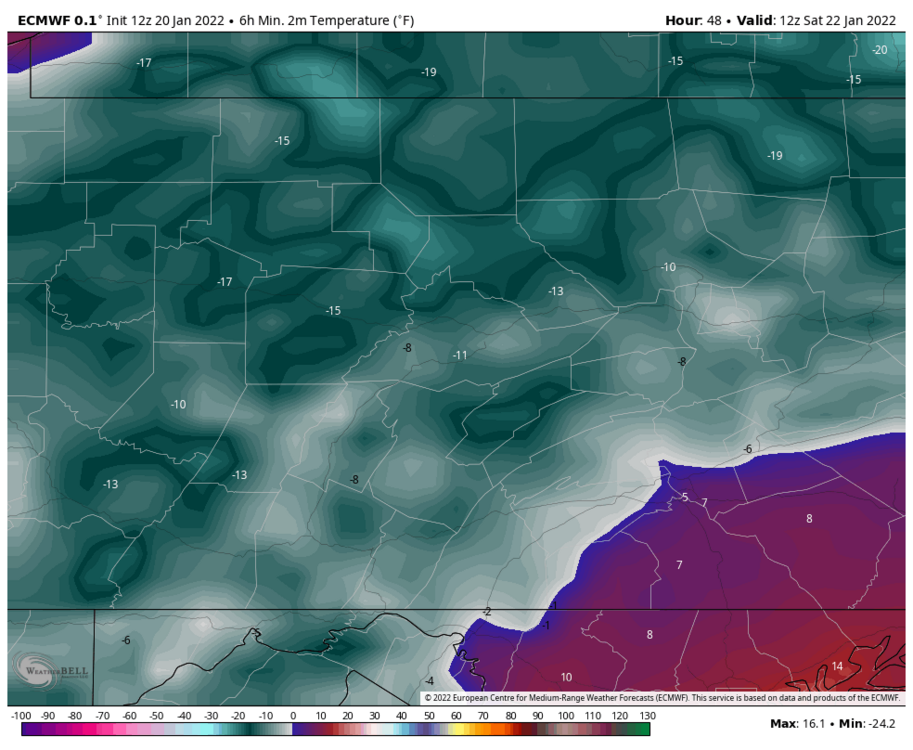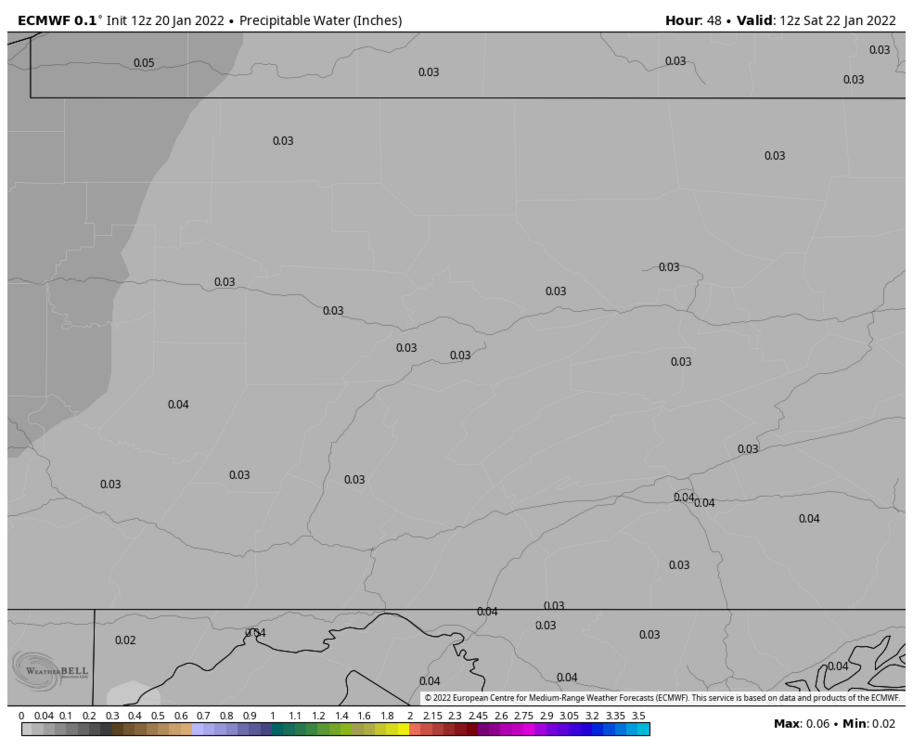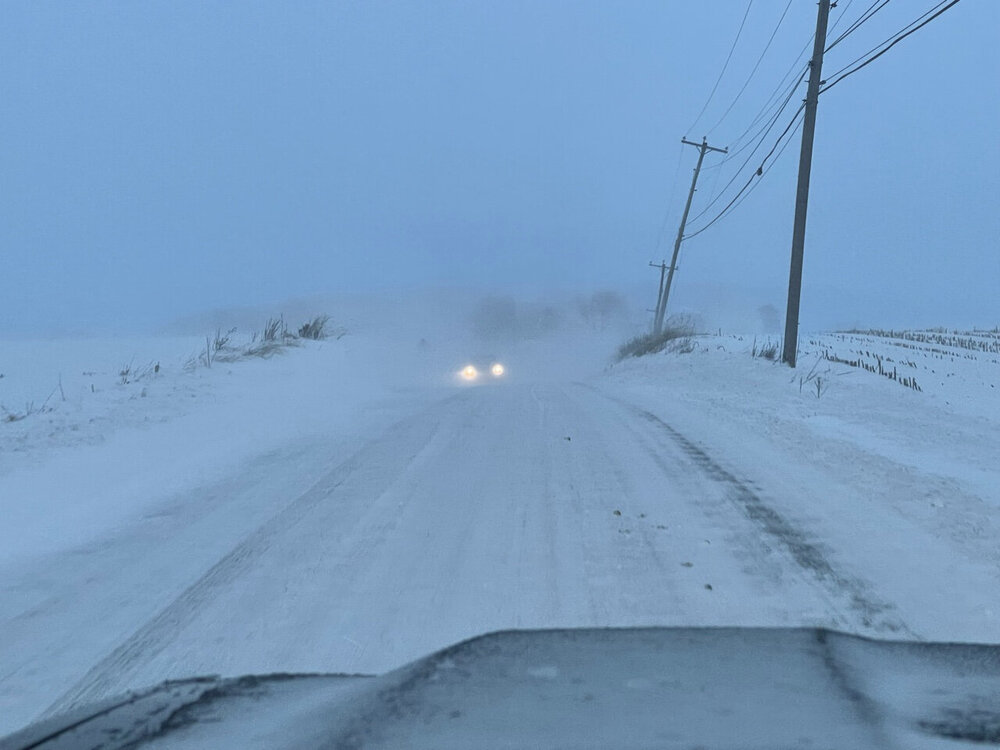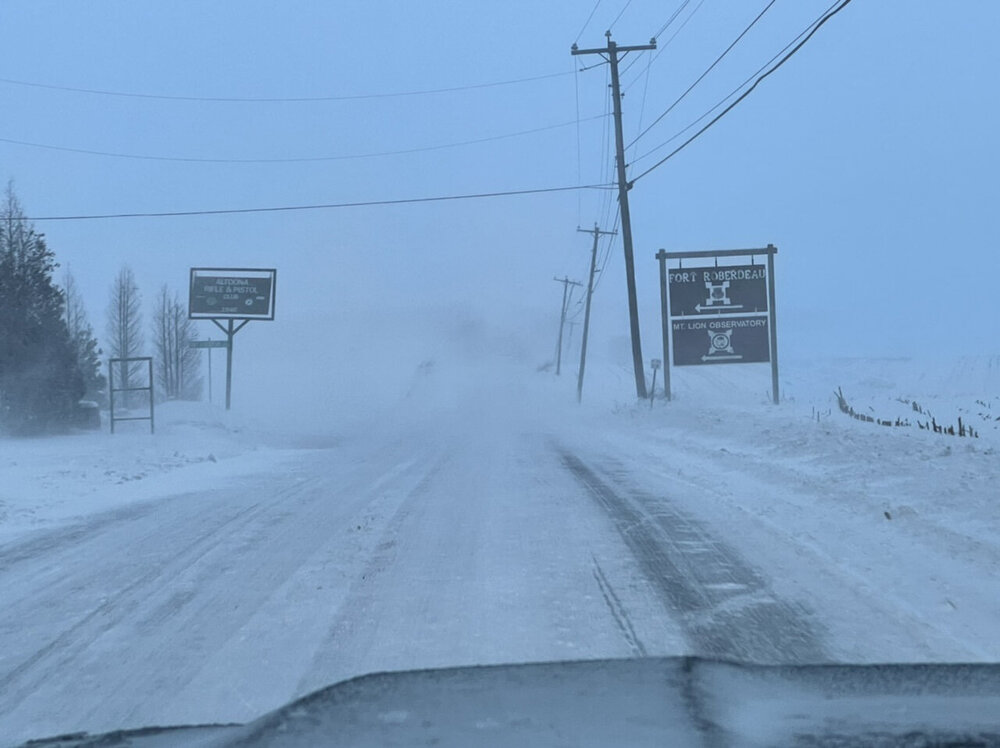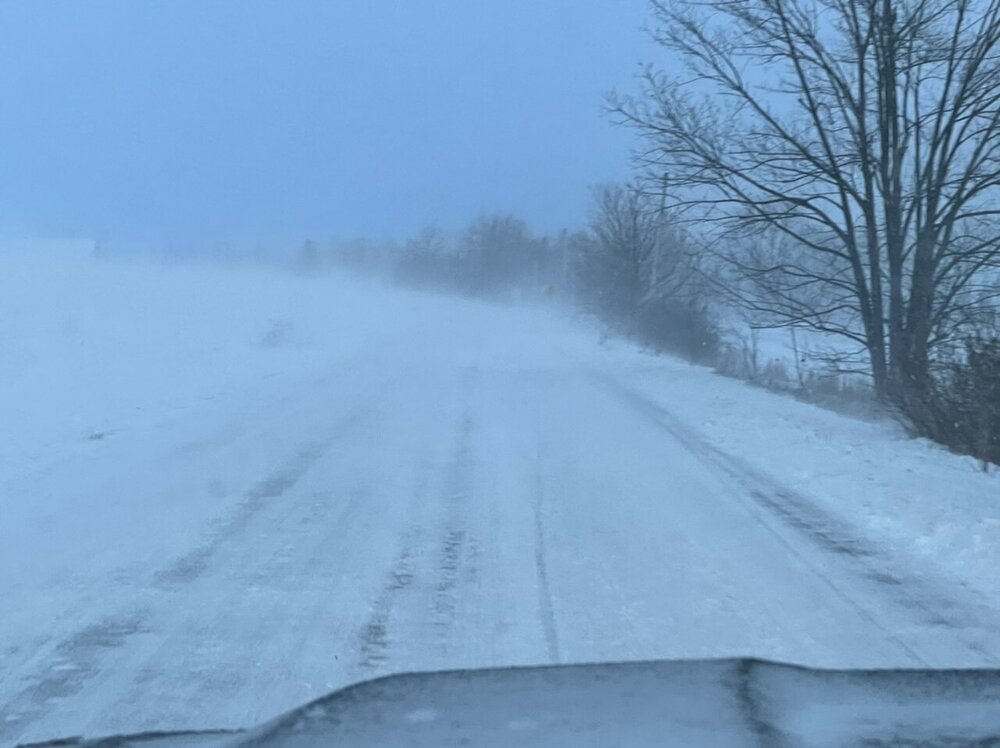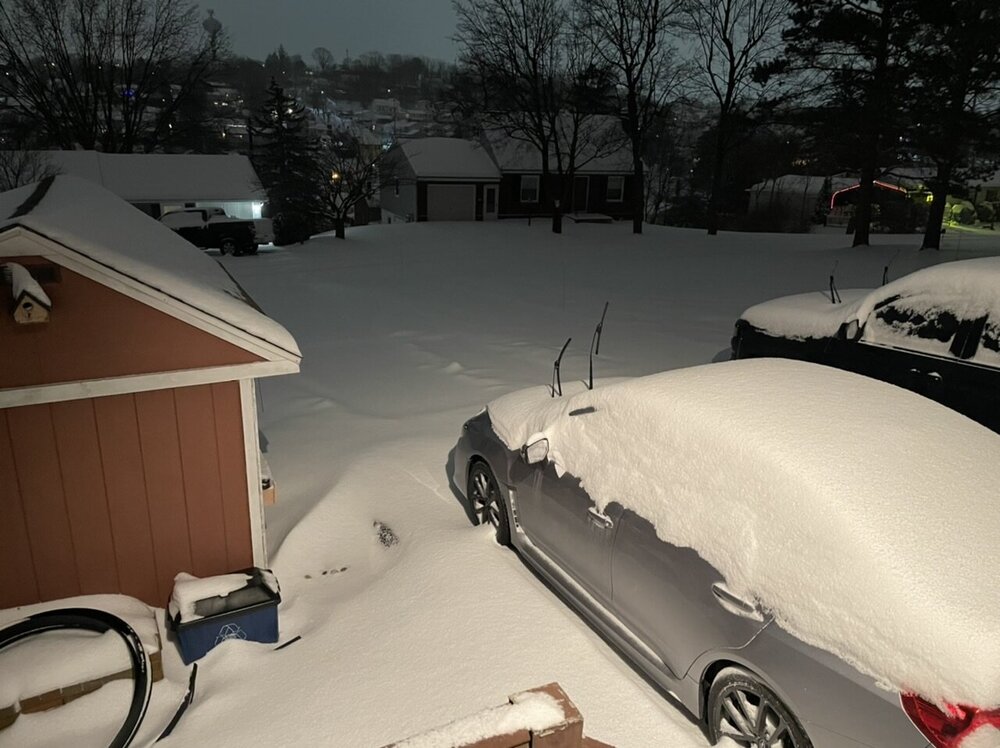
MAG5035
Meteorologist-
Posts
5,882 -
Joined
-
Last visited
Content Type
Profiles
Blogs
Forums
American Weather
Media Demo
Store
Gallery
Everything posted by MAG5035
-
Here was the comparison between the 18z and the 12z. This things only beginning to materialize by the 144hr timeframe which is as far out as the 18z Euro EPS and control goes. 18z 12z I’m intrigued by the timeframe to be sure but I’m not jumping gung ho on this threat until I see some more consistency on the operational guidance and ensemble guidance to start reeling the mean back towards the coast line. Ensembles have been seeing it to a degree but everything (GEFS, Euro EPS, CMC ens) is generally way to far out to sea to have us in the game for anything. Still pretty far out in range though, like I mentioned I think yesterday the storm last week really didn’t start showing consistently until it was around D5-6 and the pattern also makes it hard to see threats even in the medium range with the progression and lots of moving parts.
-
-
It certainly could simply because it will be a high ratio snow, likely of the 18-20:1 variety overall and perhaps even higher ratios in the mountains where there will be some extra upslope lift on the westerly flow. Whole column from 850mb up is in the ideal temp range for snow growth. I think the Laurels counties probably could get an advisory type deal (PBZ already has them out). The big thing will be seeing how the precip makes it away from the Laurel’s and how much of a downsloping shadow gets cast towards the Sus Valley. Good chance most see a minimum coating to an inch though. This whole process looks like it may repeat itself to some degree Monday evening regardless of what the southern stream wave Tuesday does because the second clipper low running the northern branch now looks like it’s going to run ahead of it. Then later Tuesday would be the timeframe for the southern stream system to do something. GFS/Euro have become extremely disinterested in doing anything with it and instead squashing it into the Gulf of Mexico. Our newly anointed guru of the 60-84hr range the NAM brings it up enough to generate some light snow in PA on the arctic frontal boundary, which I think is what we should look for from that system as a best case scenario since we have the northern branch clipper low coming out ahead and thus not much opportunity to amplify and try to turn up. Either way though, that’s three distinct chances at snowfall for C-PA the next 3 days even if they’re lighter events. And I have pretty high confidence in the first 2 doing something.
-
-3ºF was the low here this morning. Browsing the meso obs it looked like a lot of lows in the -7 to -10 range outside of town up and down the I-99 corridor. Weather station in south Philipsburg up by Atomix had a -13ºF. Looked like the big winner was the one in the northern tier near Smethport that’s always super cold, bottomed out at -21ºF. Euro def did well seeing the radiational cooling.
-
I”m within the city of Altoona but on the corner of town only a couple miles from the Allegheny Front. I would imagine there’s already a couple spots outside of town that are below zero. On Mesowest there’s a station at the lower end of my county at -1ºF and I also saw a station on the outskirts of State College reporting a -4ºF.
-
Cloud cover could be a part of it maybe, looked like the LSV was under the high cloud deck most of the early evening from the system that is currently a Carolina snow/ice event.
-
Down under 4ºF already here.
-
Well at any rate, looks like the Euro has the storm today haha. The Canadian did too, but it was slower by about a day or so and it was just approaching our region by it’s hour 240.
-
Some obs: Currently 12ºF with 2ºF dewpoint. Temps fell below freezing overnight last night around 330am and were in the low 20s most of the day. Snowpack is a pretty uniform 3-4” hard pack around the yard. Some deeper spots where it drifted.
-
I didn’t really see anything that jumped out to me on the 18z GEFS guidance regarding that event. The storm signal is there, but it’s pretty scattershot on low positions and they’re mostly well offshore. That’s to be expected at that range but it wasn’t anything crazy in terms of a major storm signal. Surely the overall pattern for a bigger event is pretty favorable, but this is difficult pattern to assess individual storm potential out past 5 days or so. Our Sunday/Mon event at the beginning of this week wasn’t seen much at all consistently until it was within that timeframe, for example. There’s a lot of different shortwaves running a very progressive pattern and we need to line things up to pop a bigger storm… and models simply aren’t going to see that consistently even in the medium range. I think our next potential widespread event looks to be the Tuesday-ish one, which will depend on a closed 500mb ejecting out of the SW and how that interacts with the dominant northern stream regime. Probably not a major event but it could be a light to moderate one if this heads the way of what the GFS has been showing. GEFS/Euro EPS shows it to some degree too. Something to monitor. I know some folks keep asking about where the clippers have been, well this is a pattern that’s good for producing them. So I wouldn’t be surprised if we score one or two of those during our cold 8-14 day stint. There is a weak clipper system progged before that Tuesday potential around Sunday eve, but that probably only has minor snowfall focused in the western half of the state.
-
Friday night has the potential to be a really cold morning not seen the last couple winters. Looking at models today everything is cold, but Euro looks like it’s envisioning an ideal radiational cooling night. I saw this shared in the Upstate NY thread, but interesting take from BGM Seeing the whole area under PWAT’s of 3-5 HUNDREDTHS of an inch is pretty nuts. For reference that’s about 10-15% of the average PWAT value this time of the year, which is already about the coldest/driest time of the year climo wise. When the atmosphere is that dry, it presents the opportunity that if winds calm and the surface decouples, temps at least in local favored rad cooling spots could nosedive. So I don’t know if the Euro’s widespread significantly below zero temps comes the whole way to fruition but I can easily see some of the favorite rad cooling spots in the central counties bottom out at -10 to -15. And up north I wouldn’t be surprised at a -20. Even spots in the Lower Sus Valley where most of the pack was lost may undercut guidance and get near 0 or a couple degrees below. But we’ll see if we can get the clear skies and calm winds to maximize that potential.
-
This was outside of town out in the valley before dark. Lots of blowing and drifting. Most secondary roads/streets are still in pretty rough shape.
-
The mean western ridge axis being approx near the West Coast certainly gives this a chance to get us in the thick of things if we can phase shortwaves. Euro does this most successfully while the GFS southern stream 500mb wave digs down more in the SW/slows down and missed interacting with the northern shortwave.
-
Snowing and blowing as I’m back into some of the backend stuff. Probably been roughly an inch since this morning though it’s been blowing around so I’ll have to see if I can get a decent measurement. I picked a really good time to have an actual weather station. Some notables.. as I mentioned my pressure bottomed out near 981mb about 5am or so. Temps did edge above freezing from about 230-430am but only made it as high as 32.9ºF. High gust so far is 32mph, but this wind is just getting going.
-
I think the more inside track of the low was what allowed the NAM to “nail” the warm surge since the low pressure ended up going right over my head. I bottomed out at 981mb this morning a few hours ago, probably the lowest MSLP around here since Hurricane Sandy. The low coming in this far really didn’t become evident on guidance until the near term yesterday since the consensus had generally been curling the rapidly deepening low into eastern PA, not dead center in the state. That was enough of a difference to not only allow a changeover to rain but also get some of the heavier rain and wind tapped down with the occluded frontal passage before the dry slot into the Sus Valley. NAM never really saw the half decent front end snows in the LSV until it was already happening. All models weren’t cold enough at the beginning of the storm either from the Laurels eastward in the state.
-
There some regeneration of precip on radar down this way and it’s straight light freezing rain, so now the pack is crusted over already.
-
Yea I think you guys will still salvage some more snow even though the best deform ended up NW of the city. It should still swing back through some as the storm lifts up out of central PA overnight and probably rebuild some. Definitely been a fascinating storm to watch.
-
Temp is up to 28ºF now, pressure is DOWN to 987mb. Living the dry slot life currently.
-
Also, here was a snow pic right at the sleet transition a bit ago. There actually had been some half decent drifting.
-
CTP did hoist wind products (advisory for 15-25 gusts to 50mph) for good portion of the area in the wake of the system tomorrow and incorporated wind impact into the ongoing warning in the Laurel’s. Also didn’t completely rule out needing a blizzard warning there tomorrow either. Per short term portion of the discussion:
-
That line could be the mechanism I mentioned yesterday that would be needed to tap the high low level winds and provide some semblance of the high surface wind gusts that models like the GFS have been showing a lot leading up to this. Will have to keep an eye on it the next couple hours to see what sneaks up into the LSV. Specifically this portion.
-
Ping Ping. Going to be clearing boards at 5.2” so far. Sleet with 21ºF, winds NNE 7 G14, and pressure crashing now down under 996mb.
-
Starting to flirt with the mixing zone on the CC product. Still all snow for now but will see when the next patch of brighter echoes get here shortly. HRRR has been pretty consistent on an approx 11pm transition to sleet here so that’s probably looking pretty good. Also starting to get near the dry slot as well, though I expect some rebuilding of echoes to a degree.
-
Gorgeous storm
-
Right around the 4” mark now, with moderate to heavy continuing. Temp has been rising but still in the teens (19.4ºF), Pressure down to 1002mb.


